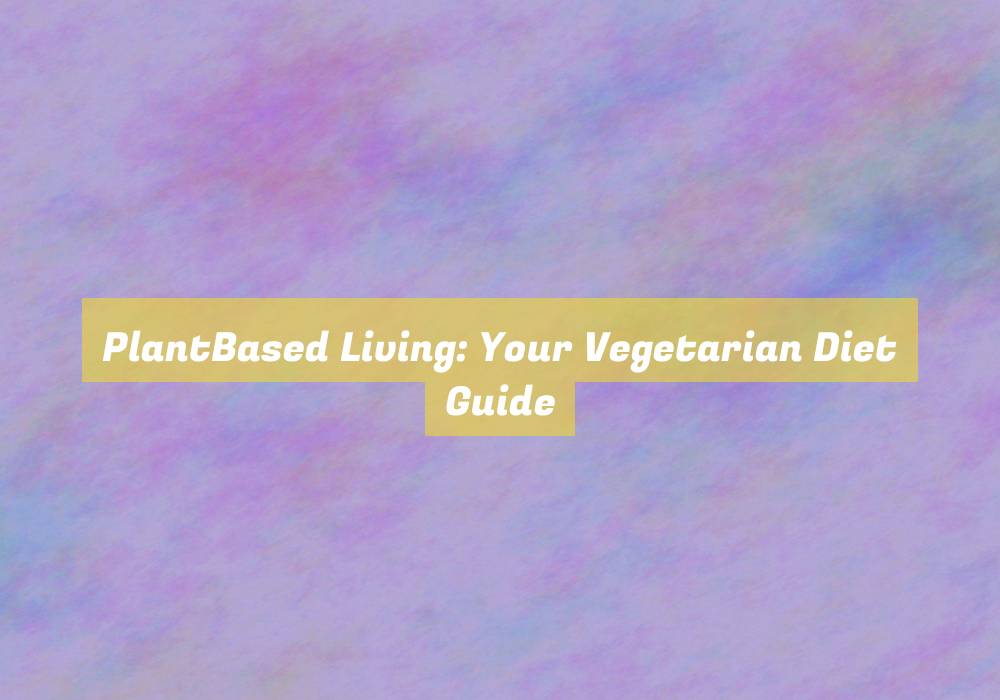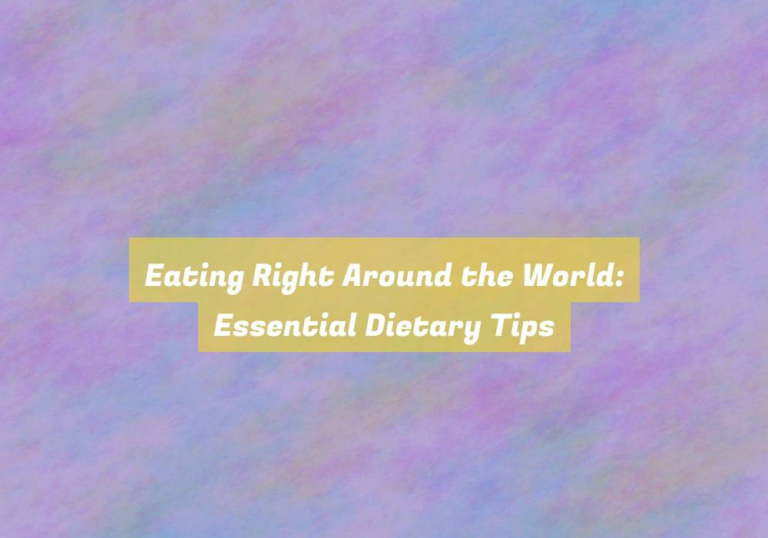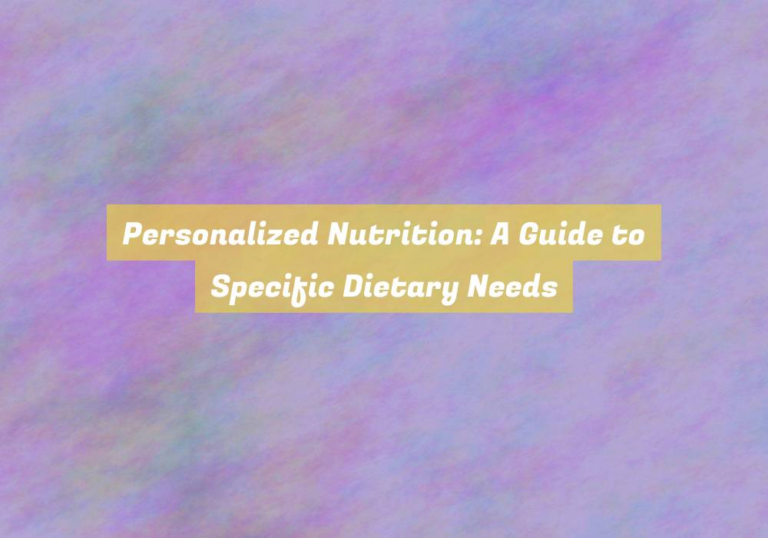PlantBased Living: Your Vegetarian Diet Guide
Embarking on a plant-based lifestyle is like planting the seeds of change, nurturing them, and watching them grow into something beautiful and meaningful. YouG??ve probably considered exploring vegetarianism, but perhaps youG??re not sure where to start or how to navigate this new way of eating.
As you venture into the world of plant-based living, youG??ll discover the countless benefits it offers, both for your health and the planet. However, making the transition can be overwhelming, and itG??s natural to have questions and uncertainties.
LetG??s explore the ins and outs of vegetarianism together, and uncover practical tips and delicious recipes that will make your journey towards a plant-based diet both enjoyable and sustainable.
The Benefits of Plant-Based Living
Transitioning to a plant-based diet can significantly improve your health and well-being. By incorporating more fruits, vegetables, whole grains, and legumes into your meals, youG??ll be increasing your intake of essential vitamins, minerals, and fiber. The abundance of nutrients in plant-based foods can help lower your risk of developing chronic conditions such as heart disease, high blood pressure, and type 2 diabetes.
Additionally, a plant-based diet can aid in weight management, as plant foods are often lower in calories and saturated fats compared to animal products.
Furthermore, embracing a plant-based lifestyle can have a positive impact on the environment. Growing plant foods typically requires less water and land use compared to raising animals for food. By reducing your consumption of animal products, you can contribute to lowering greenhouse gas emissions and preserving natural resources.
This conscious choice not only benefits your own health but also supports sustainable practices that benefit the planet and future generations.
Getting Started With Vegetarianism
To begin your journey into vegetarianism, start by exploring a variety of plant-based protein sources to ensure a well-balanced diet.
Legumes such as lentils, chickpeas, and black beans are excellent sources of protein and can be incorporated into meals in numerous ways. Tofu and tempeh are also versatile options that can be used in place of meat in many recipes. Nuts and seeds, such as almonds, chia seeds, and hemp seeds, are great for snacking and adding protein and healthy fats to your diet. Additionally, whole grains like quinoa, brown rice, and oats can contribute to your protein intake while providing essential nutrients and fiber.
As you transition to a vegetarian diet, itG??s important to focus on consuming a wide variety of fruits and vegetables to ensure youG??re getting a full spectrum of vitamins, minerals, and antioxidants. Dark leafy greens like spinach and kale, as well as colorful vegetables like bell peppers, carrots, and beets, can provide a myriad of nutrients that are essential for overall health.
Nutritious and Delicious Recipe Ideas
Looking for some nutritious and delicious recipe ideas to enhance your vegetarian diet? Look no further! Here are a few mouthwatering options to add variety and flavor to your plant-based meals.
First up, try a hearty quinoa salad with roasted vegetables. Cooked quinoa provides a protein-packed base, while roasted veggies like bell peppers, zucchini, and cherry tomatoes add a burst of color and nutrients. Drizzle with a tangy balsamic vinaigrette for a satisfying meal.
For a cozy and comforting option, whip up a creamy coconut curry. Simmer chickpeas, sweet potatoes, and spinach in a fragrant mix of coconut milk and curry spices for a dish thatG??s both nourishing and full of flavor. Serve over fluffy brown rice for a complete and satisfying meal.
And donG??t forget about indulgent treats! Bake a batch of black bean brownies for a guilt-free dessert option. These rich and fudgy brownies are made with black beans for added protein and fiber, making them a healthier alternative to traditional treats.
With these recipe ideas, you can enjoy a diverse and delicious vegetarian diet thatG??s both nutritious and satisfying. Bon app+?tit!
Practical Tips for Thriving on a Plant-Based Diet
If youG??re new to a plant-based diet, incorporating practical tips can help you thrive and make the transition smoother.
First, focus on variety. Experiment with different fruits, vegetables, grains, legumes, nuts, and seeds to ensure youG??re getting a wide range of nutrients.
Next, educate yourself on plant-based protein sources such as tofu, tempeh, lentils, and quinoa to meet your protein needs. Additionally, remember to include sources of essential nutrients like calcium (fortified plant milks and leafy greens), iron (beans, lentils, and fortified cereals), and vitamin B12 (fortified foods or supplements).
Meal planning is crucial for success. Take time to plan your meals and snacks to ensure youG??re meeting your nutritional needs. ItG??s also beneficial to cook in batches and freeze portions for busy days.
DonG??t forget to read food labels to avoid hidden animal-derived ingredients. When dining out, check menus in advance for plant-based options, and donG??t hesitate to ask restaurant staff about ingredient substitutions.
Lastly, connect with the plant-based community for support, recipe ideas, and motivation. Embracing a plant-based lifestyle is easier when you have a supportive network.
Conclusion
So go ahead and give plant-based living a try. With all the benefits it offers for your health, the environment, and animal welfare, itG??s definitely worth exploring.
Start by incorporating more plant-based meals into your diet, and gradually transition to a fully vegetarian lifestyle. With so many delicious and nutritious recipe ideas, and practical tips for thriving on a plant-based diet, youG??ll be well on your way to a healthier and more sustainable way of living.






